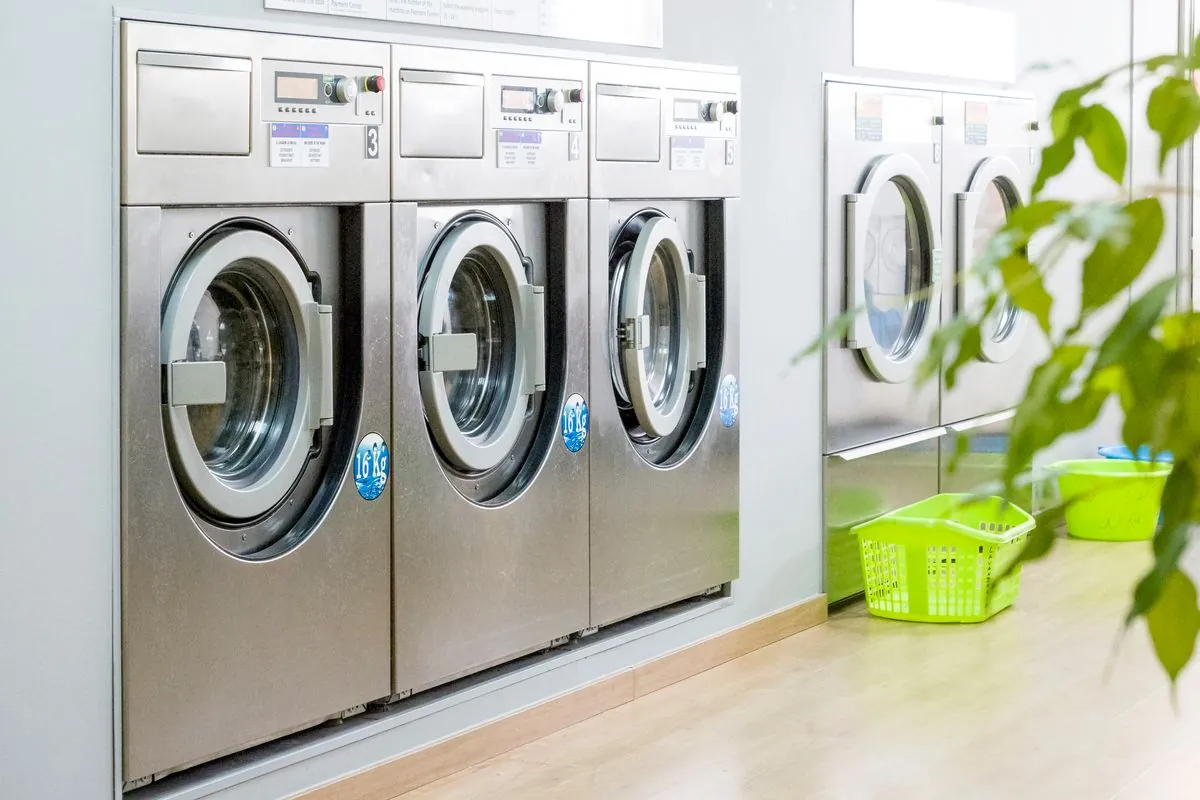Shared laundry facilities serve as unique community hubs, blending the mundane task of clothes washing with opportunities for social interaction. These spaces, often found in apartment buildings, dormitories, and public laundromats, can be both a source of connection and conflict among users. Understanding proper etiquette in these shared environments is crucial for maintaining harmony and efficiency.
The concept of shared laundry spaces as "third places" - locations outside of home and work where people gather - aligns with sociologist Ray Oldenburg's theory introduced in 1989. These areas provide a platform for community building, much like the first public laundromat that opened in Fort Worth, Texas in 1934, revolutionizing the way people approached this household chore.
One of the most contentious issues in shared laundry rooms involves handling others' laundry. Myron Ward, owner of Family Laundromat in D.C., advises against moving someone else's clothes, recommending instead to seek assistance from staff. Brian Wallace, CEO of the Coin Laundry Association, suggests a 10-minute grace period after a cycle ends before considering moving items. In apartment buildings without attendants, Lizzie Post of the Emily Post Institute recommends following posted rules or seeking guidance from management.
Staying on-site during laundry cycles is ideal, but when necessary to leave, Post suggests leaving a note with an expected return time and permission to move clothes if needed. This consideration is particularly important given that the average person spends about 100 hours per year doing laundry.
Proper machine use is crucial for maintaining equipment. Users should check pockets for items that could damage machines, avoid washing rubber-backed mats, and use designated machines for pet-hair-laden items. Interestingly, the first electric washing machine, invented in 1908 by Alva J. Fisher, has evolved into high-efficiency models that use 20-66% less water than traditional washers.
To avoid peak hours, Wallace recommends doing laundry on midweek mornings. This strategy can be particularly useful considering the global commercial laundry machinery market was valued at $3.7 billion in 2020, indicating the significant role these facilities play in daily life.
While shared laundry spaces can foster community, it's important to respect others' desire for quiet. Post emphasizes that it's acceptable to politely disengage from conversations, maintaining a balance between socializing and personal space.
"You're not expected, in your living zones, to be social. It's choosing to fold your laundry or do your laundry on your own for a bit and to not engage with folks. And that really is perfectly okay."
By following these etiquette guidelines, users of shared laundry facilities can contribute to a more harmonious and efficient environment, turning a mundane chore into an opportunity for positive community interaction.
